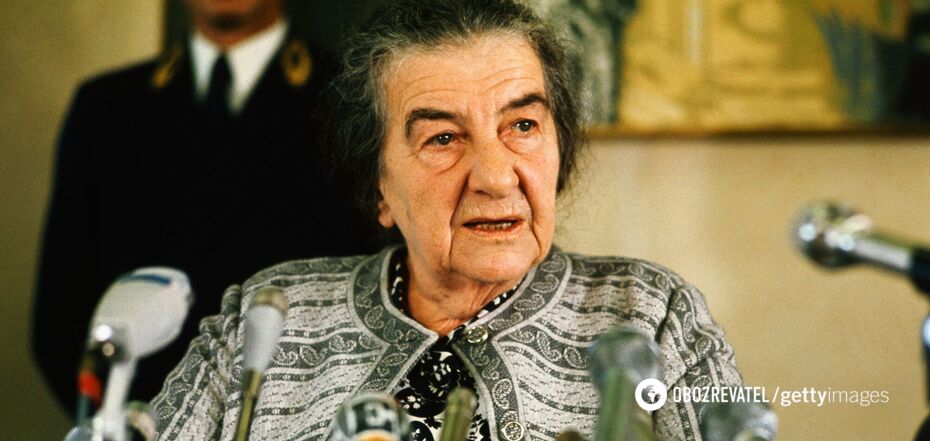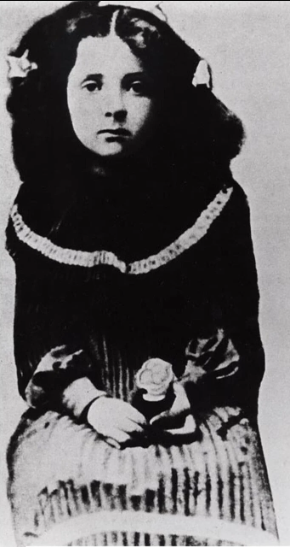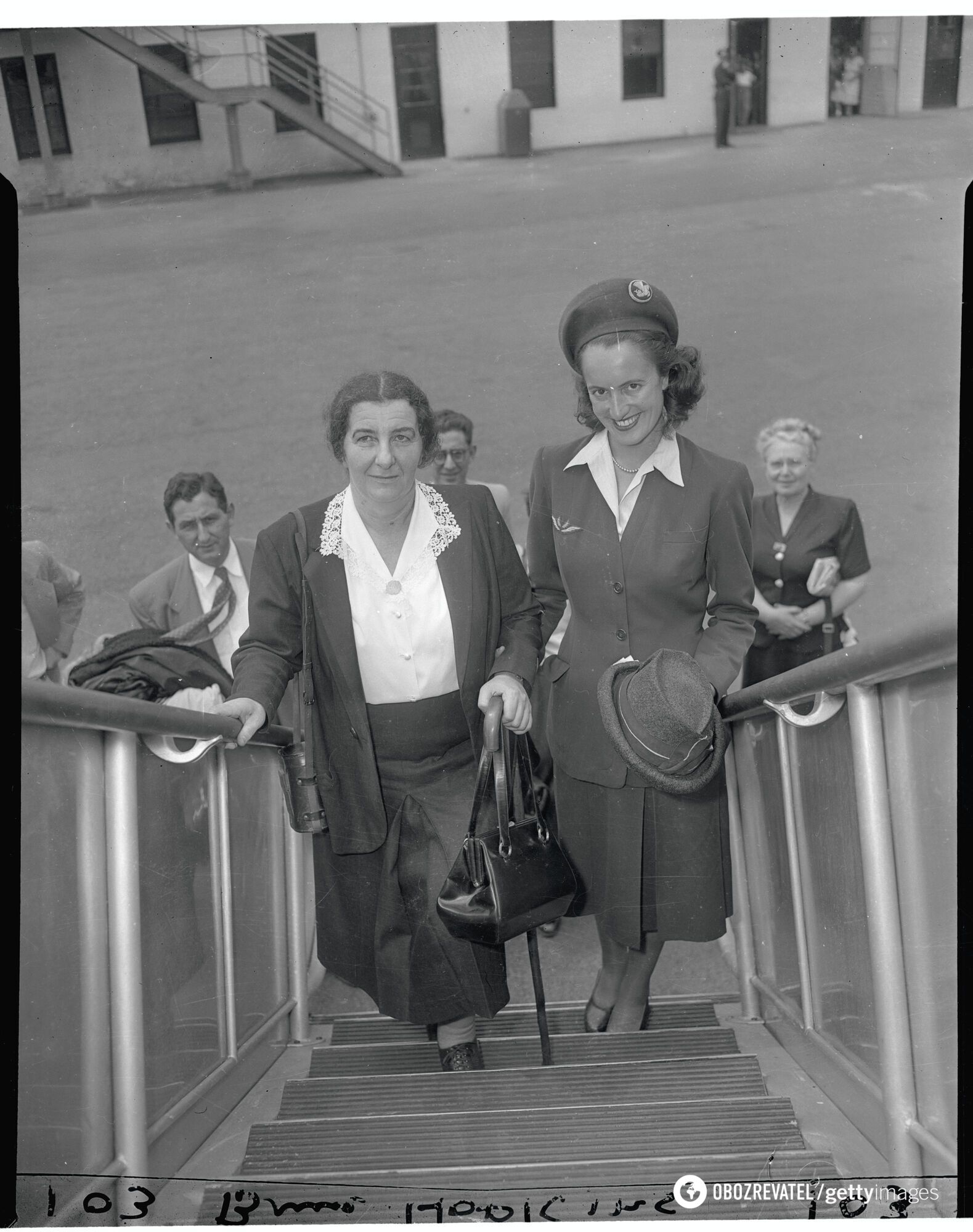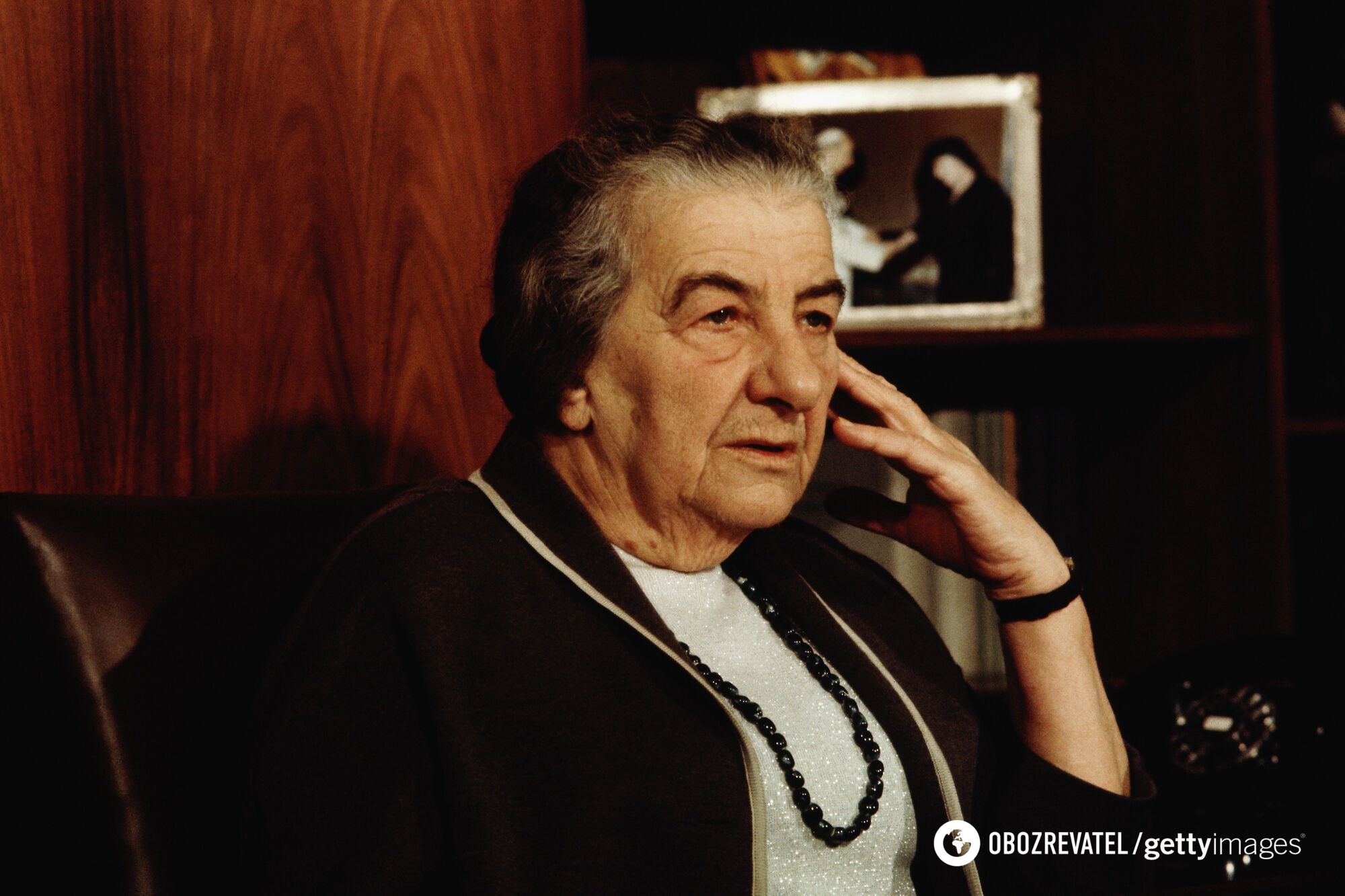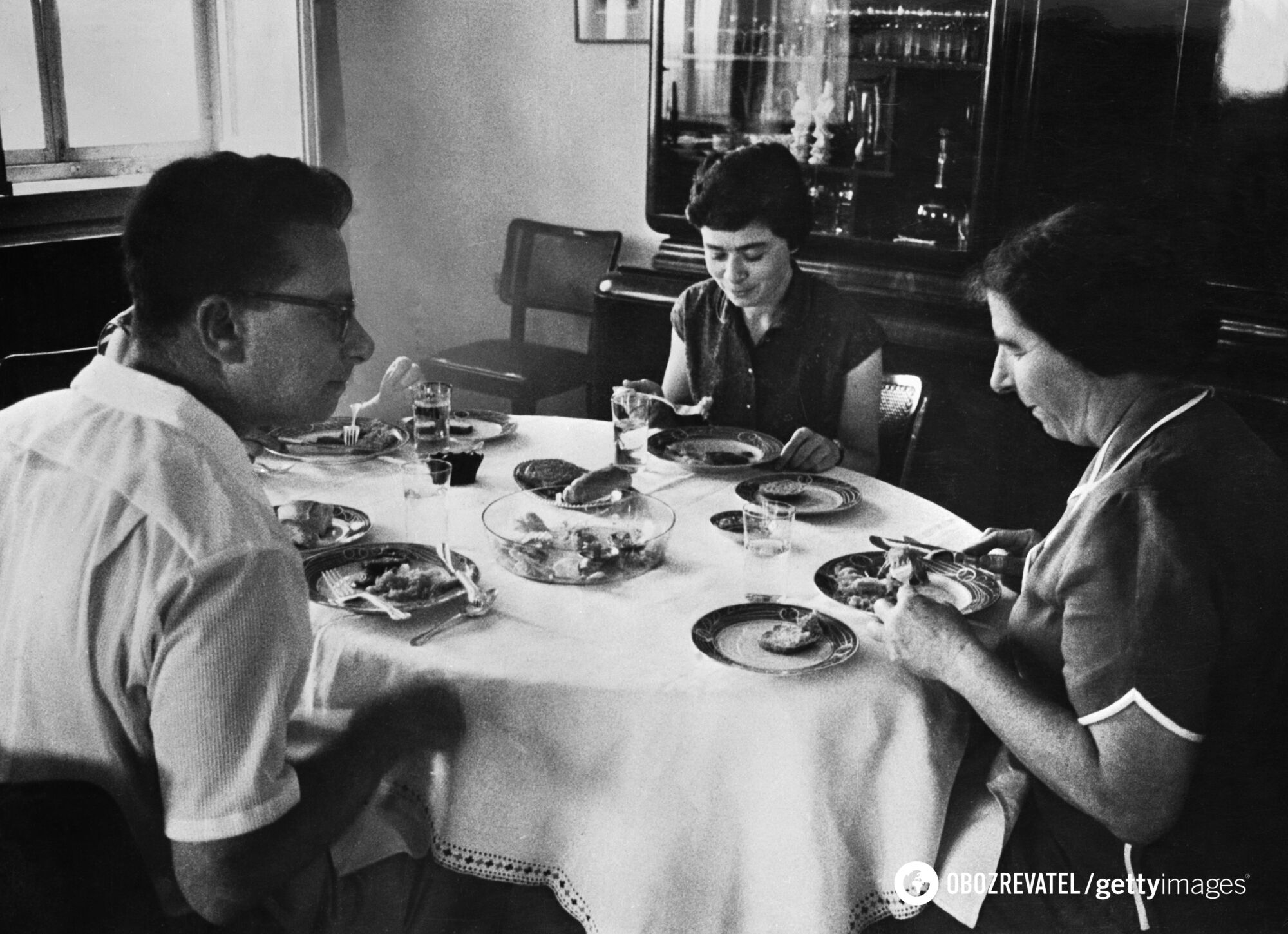Entertainment
Golda Meir: how a poor girl from Kyiv created modern Israel and became a legend of the XX century
126 years ago, on May 3, 1898, a girl was born into the poor family of carpenter Moshe Mabovitch and his wife Blume Naidtich. As a child, she suffered from hunger and witnessed the horrifically brutal anti-Jewish persecution known as the pogroms, but today she is known as the only woman to become the Prime Minister of Israel. Meet Golda Meir.
What was Golda's life like before she became Prime Minister? What was the path of a simple woman from Kyiv from a poor family? Today, on the birthday of the twentieth-century legend, OBOZ.UA will tell you about the fate of the politician, how she succeeded in her career, and what it cost her.
Living in America
One of Golda's first childhood memories was of her father trying to barricade the front door with wooden boards to protect the family from the impending anti-Jewish pogroms. Fortunately, their family was spared at the time.
The girl did not live in Kyiv for long. When Golda was 8 years old, her family fled to the United States after a wave of anti-Jewish pogroms. Golda's American life lasted 15 years. During this time, she managed to complete her high school education at the Fourth Street School and enter a teacher's college. Since she was eight years old, she wanted to become a teacher. Her dream came true when she began teaching Yiddish at a folk school. Golda also became an active member of Poale Zion, a Labor Zionist youth movement, which she described as "young, full of hope and zeal, ready for anything."
Recalling the family's life in America as an adult, Golda said that the anger she felt at her father's limited ability to protect his family from violence grew into a deep instinctive belief that if one wanted to survive, one had to take effective action.
Marriage, moving and having children
In 1917, Golda married Morris Meyerson. And 4 years later they moved together to Palestine, which was then under the British mandate. There, the family ended up in the agricultural settlement of Merhavia, where Golda Meyerson took a leading role in kibbutz politics.
Later, the couple moved to Tel Aviv and then to Jerusalem, where they had two children, a son, Menahem, and a daughter, Sarah.
Since childhood, Meir has fought to achieve her goals and not be limited to traditional female roles. She fought with her parents to get an education. Later, when her husband insisted that they leave the kibbutz, she felt unfulfilled as a wife and mother trying to make ends meet in Jerusalem. So when a friend offered her a job at the Council of Women Workers in Tel Aviv, she took the chance, although Morris refused to move and visited her only on weekends. (The couple separated in the late 1930s but never officially divorced.)
The creation of Israel
The United Nations announced its plan to partition Palestine on November 29, 1947, in an attempt to resolve the tensions between the region's Jewish and Arab inhabitants.
In the United States, Golda Meyerson raised $50 million in support of the Israeli cause, leading David Ben-Gurion, who became Israel's first prime minister, to call her a "Jewish woman who got the money which made the state possible."
When Israel appeared on the world map, she traveled to Moscow as the new state's first ambassador to the Soviet Union, albeit reluctantly. She lamented, "Finally, we have a state. I want to be there. I don't want to go thousands of miles away."
In 1956, Golda Meyerson changed her surname to Meir in Hebrew.
Development of her political career
Between 1956 and 1966, Meir served as Israel's foreign minister. It was then that the center of the Suez Canal crisis in 1956 began. Meir was also able to secure arms sales from the United States while in office.
Heart problems in 1955, an injury sustained in an explosion in 1957, and a diagnosis of lymphoma in 1965 contributed to Meir's resignation as foreign minister. However, her retirement did not last long. When Prime Minister Levi Eshkol died unexpectedly in 1969, Meir was asked to run for the post. She knew that although "a 70-year-old grandmother is hardly the ideal candidate for the post of head of a 20-year-old state," she eventually accepted the position.
As soon as Meir became head of the Israeli government, the press immediately created the image of a "Jewish mother" for her because she wore unfashionable dresses and heavy lace-up shoes.
Golda took over as prime minister at a difficult time for the country, namely during the war. One of Meir's first orders as head of government was to immediately start receiving reports of every soldier's death even if it happened in the middle of the night.
"When President Nasser (Gamal Abdel, Egyptian president in 1956-1970) orders to be woken up in the middle of the night if an Egyptian soldier dies, peace will come," Meir commented on her decision at the time.
Life outside politics
What made Meir so attractive was the simplicity of her approach. She was exactly what she appeared to be: a steely, determined woman who expressed her thoughts in a simple language that everyone could understand. The fact that she liked to meet with advisors in her kitchen, like a loving grandmother, further demonstrated her humanity.
Golda was also a wife and mother, and although she and her husband were separated for over a decade, she remained largely present in the lives of her daughter Sarah and son Menahem.
After his mother's death, her son Menahem wrote a book in which he said that Golda Meir was a kind and conscientious mother who was torn by guilt over the conflicting roles of her commitment to the Zionist cause and her responsibility to her children. Steely and tough in public and in her career, she would come home, clean the house, and prepare meals for her children.
"I was always in a hurry from one place to another: to work, to home, to a meeting, to take Menahem to a music lesson, to make a doctor's appointment with Sarah, to shop, to cook, to work, and back home again. To this day, I am not sure that I have not harmed or neglected the children," Meir admitted at the age of 77.
The feeling of guilt towards her husband did not leave Meir. Until Morris's death in 1951, Golda continued to feel guilty because she could not be the wife he wanted. But she could not do otherwise."There is a type of woman who cannot allow her husband and children to narrow her worldview," Meir explained.
Golda Meir died on December 8, 1978, at the age of 80. She was a titan of modern Zionism, a national leader making history, and one of the most successful women of the twentieth century, still feeling guilty for failing as a wife and mother. She was buried on Mount Herzl in Jerusalem.
On the 100th anniversary of her birth, a memorial plaque was unveiled on Baseina Street in Kyiv in 1998. Golda Meir's daughter Sarah Meyerson flew in from Israel to attend the ceremony.
Only verified information is available on our Telegram channel OBOZ.UA and Viber. Do not fall for fakes!


